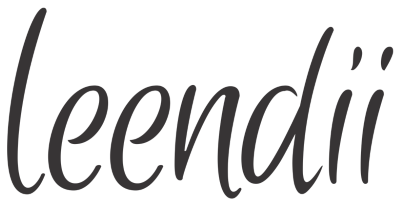it is important to choose a website structure that creates the most natural and effortless interaction for users.
tree tests and card sorting tests are fundamental tools to check your current structure or to receive new inputs.
A. user type structure
what is it?
website content is organized and presented to users in accordance to the users themselves. users are asked to identify the group they belong to and each group has a different structure.
why use it?
this is a "tailored" solution that can greatly improve the efficiency of users while they interact with your website. with this type of structure, it is possible to highlight what users really need and reduce the importance of (or even completely remove) what they don't.
when to use it?
if there are very distinct user types that are clearly differentiated from each other with well-defined requests. it is best to ask users to identify themselves on the homepage, if your entire website content should be presented in accordance to each user type. alternatively, users can identify themselves at the beginning of a particular section to limit the approach to that area only.
important points to consider:
- users must instantly identify themselves within the right group
- users must accept the association with the group name
- the same user may be in different groups on different visits
B. user goals structure
what is it?
website content is organized and presented to users in accordance to their requests and goals. the structure and navigation interface are organized in response to those requests.
why use it?
this approach forces companies to think about users first and company structure second, leading to a natural and effortless interaction of users on your site.
when to use it?
if your users land on your website with several different types of requests and you need to "navigate" them to the right section. this type of structure is like a conversation with users with questions (requests and goals) and answers (website navigation).
important things to consider:
- the right user requests and goals must be captured
- the right priorities must be assigned to those requests
C. content type structure
what is it?
website content is organized into categories according to the content type and directly presented to users this way. the structure and navigation interface are organized as a classification system with systematic placement in categories based on similarities and relationship.
why use it?
users are very familiar with this type of structure and if the correct (user-centered) labeling and organization are implemented, users should find what they are looking for quickly and easily.
when to use it?
if there is a large amount of content that falls under the same user request or goal or when users already know (in detail) what type of product/information they need from your site.
important things to consider:
- the most important/common categories must be immediately reachable to users
- content must be in the right category
- labeling should utilize the same words as your users
D. time or sequence structure
what is it?
website content is organized and presented to users as separate steps in a sequence.
why use it?
this approach implicitly tells users how to use your site. this type of structure helps users complete their tasks quickly and successfully and limits uncertainties.
when to use it?
if there is a clear sequence of steps for users to complete a task in the most effective way.
important points to consider:
- the sequence must be in the correct order
- the order should be visually immediate and a number assigned to each step

selected services:
ui/ux review (audit)
